After a long period of renovation, the former St. John’s Hospital in Bruges, now Museum Sint-Janshospitaal, has reopened. The beating heart of the museum is the collection of works by Hans Memling (Seligenstadt, 1430 - Bruges, 1494), a Flemish painter who in the 15th century embellished the former Hospital of St. John with four masterpieces, including the famous Triptych of St. John the Baptist. While the Musea Brugge museum was closed, a research project was initiated in collaboration with the Royal Institute for Cultural Heritage (KIK-IRPA) and with the support of the Government of Flanders. Using innovative technologies, researchers produced very high-resolution images of the masterpieces in the museum, opening up new perspectives for study and discovery. The images have been used to create three interactive experiences aimed at the public: Closer to Memling, a website that allows visitors to explore the details of Memling’s works, while also offering insights into the artist’s life and art; A virtual journey into Memling’s world, which can be enjoyed directly inside the museum through special interactive installations; and A dedicated mobile app designed to guide visitors to discover the places in Bruges linked to the figure of Memling, thus enriching their cultural and historical experience of the city.
These initiatives aim to make Memling’s art accessible to a wider audience and to enhance Bruges’ cultural heritage through technological innovation and interactive experience. To admire Memling’s masterpieces is to immerse oneself in the beauty and technical perfection of the Flemish master. His skill in rendering minute details, sensitivity to light and ability to create evocative atmospheres give his works a character unlike any other. Religious themes, such as the Madonna and Child with Saints, are recurrent and transport one into a world of devotion and hope. The works often depict scenes of illness and healing, as in the striking triptych of St. John the Baptist. The museum also offers insights into his painting technique and the historical context in which he lived and worked.
The walls of St. John’s Hospital, founded in the 12th century, tell stories of suffering and compassion, of dedication and hope. The carefully designed layout allows visitors to explore the ancient building, admiring the beauty of the old wards, the evocative atmosphere of the chapel with its stained glass windows, and the archaeological remains of the ancient hospital. A museum that not only preserves the memory of the past, but also looks toward the future, setting itself as a point of reference for an open and inclusive dialogue on the theme of care, a place for discussion and exchange of experiences among experts, professionals, patients and citizens, to build a society more attentive to the needs of those who suffer.
For more information: https://closertomemling.be/en/home
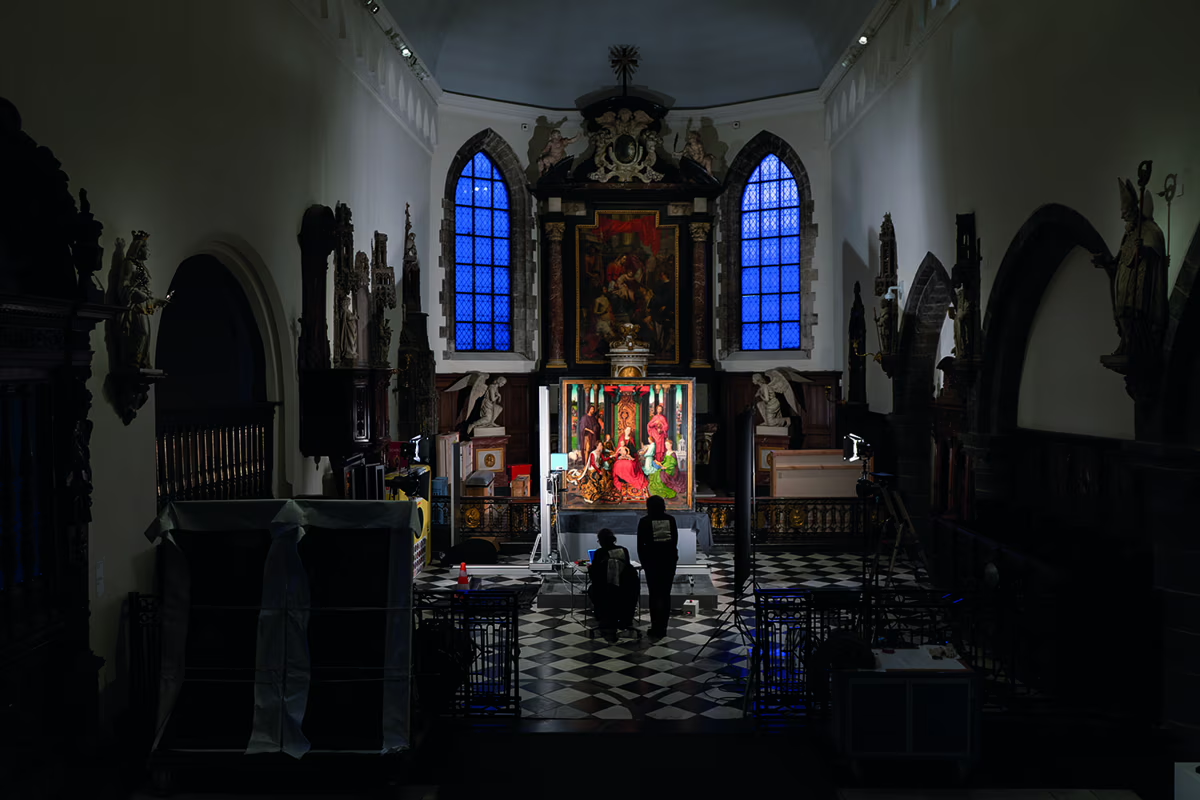
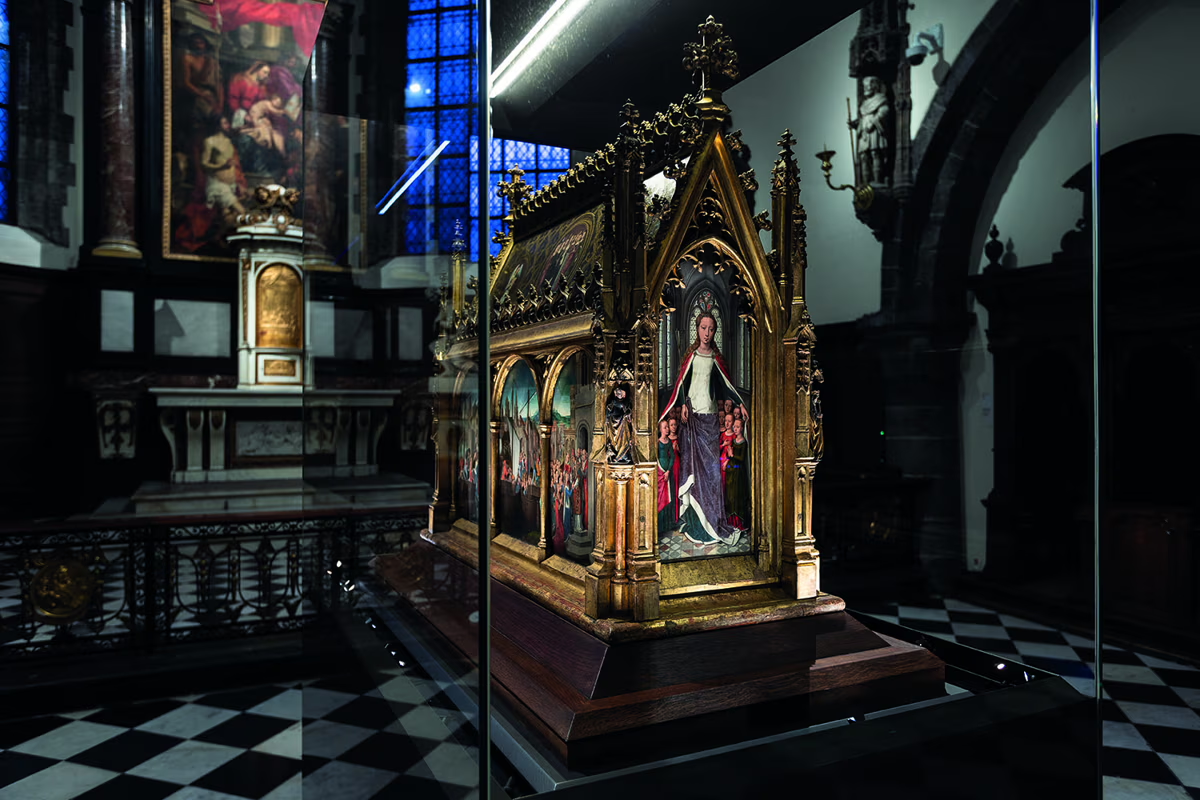
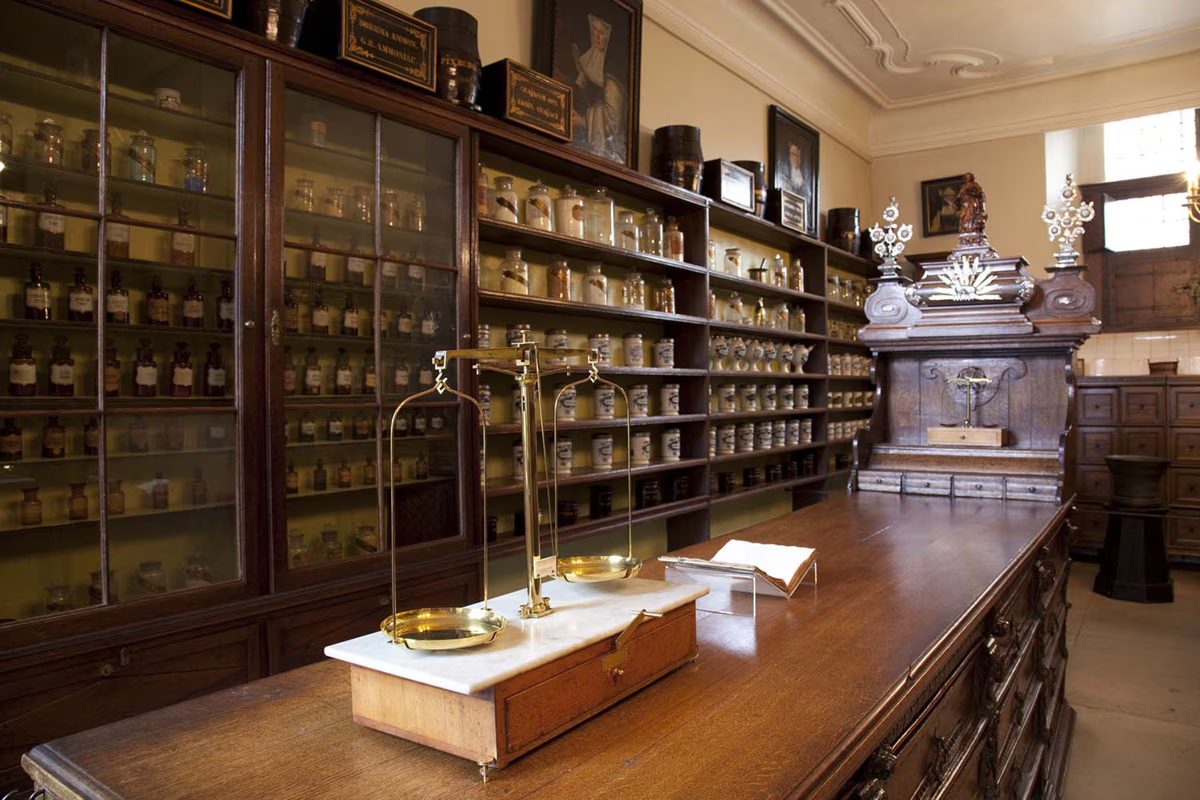

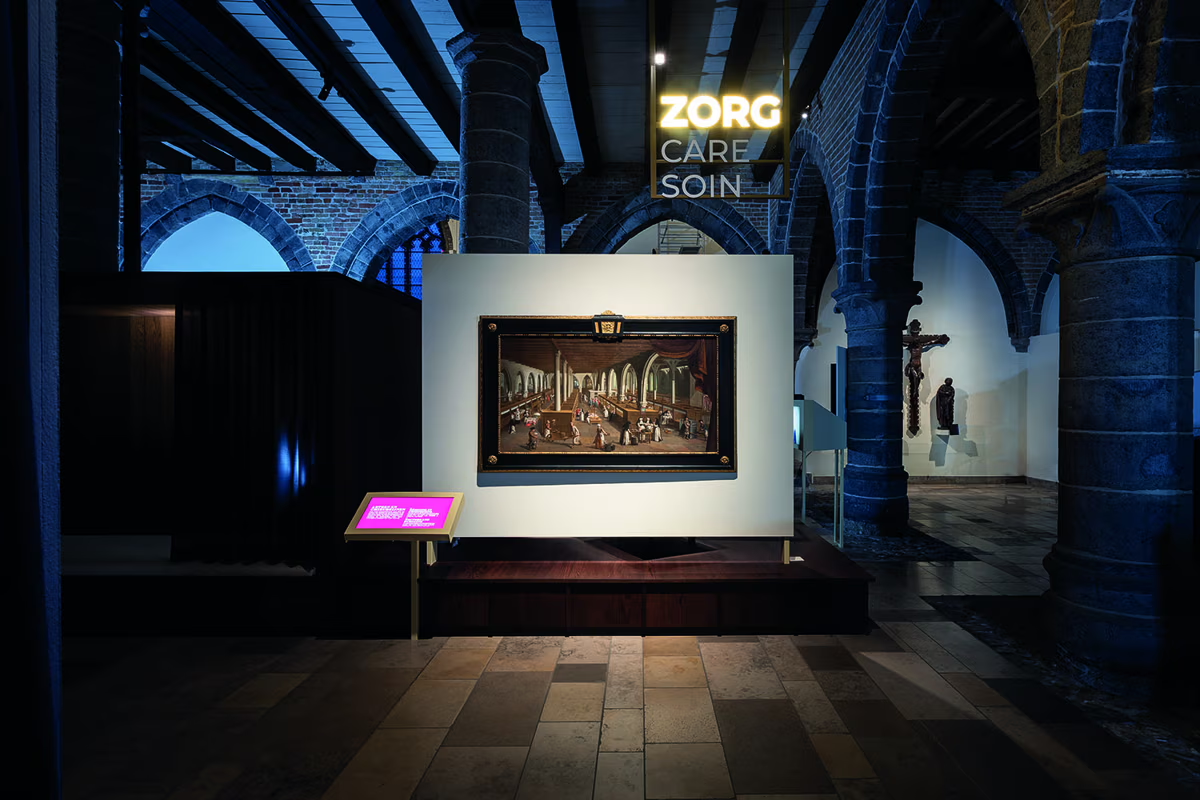
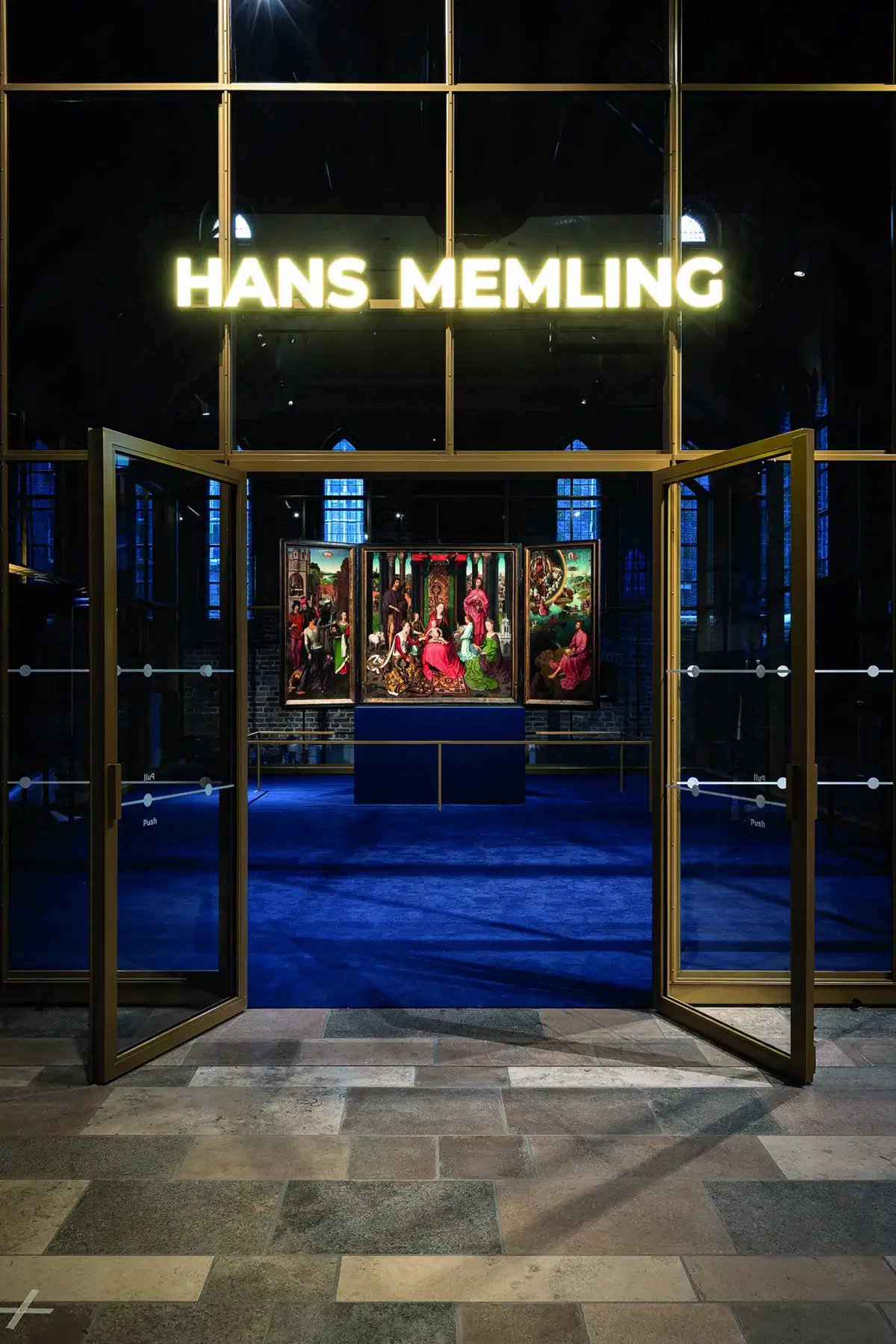
 |
| Bruges, old St. John's Hospital reopens with its collection of Memling masterpieces |
Warning: the translation into English of the original Italian article was created using automatic tools. We undertake to review all articles, but we do not guarantee the total absence of inaccuracies in the translation due to the program. You can find the original by clicking on the ITA button. If you find any mistake,please contact us.